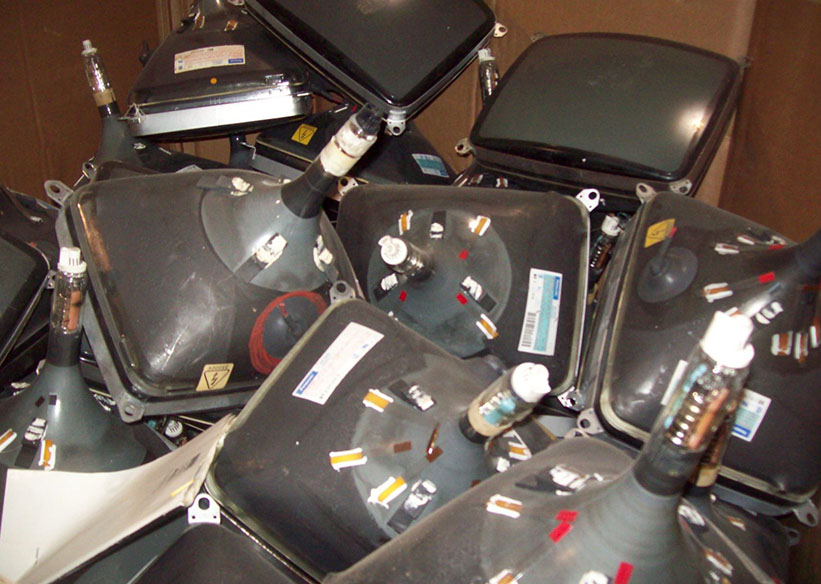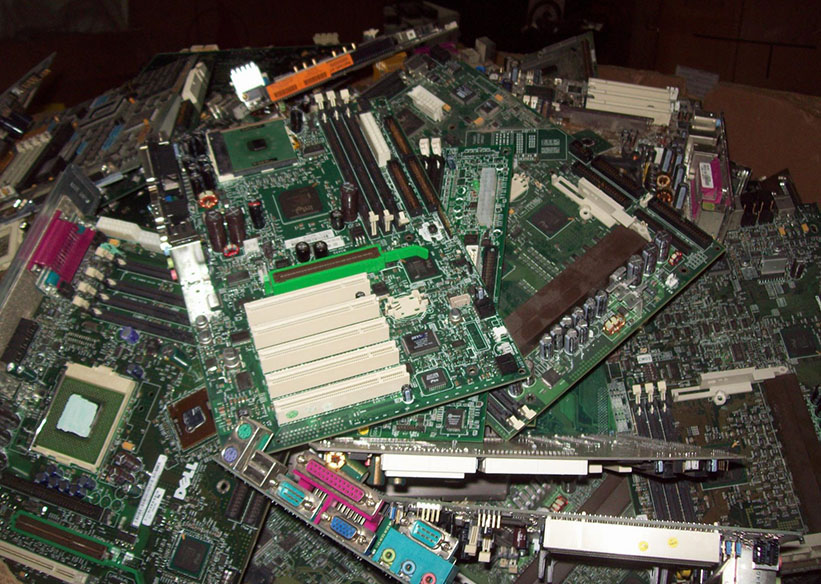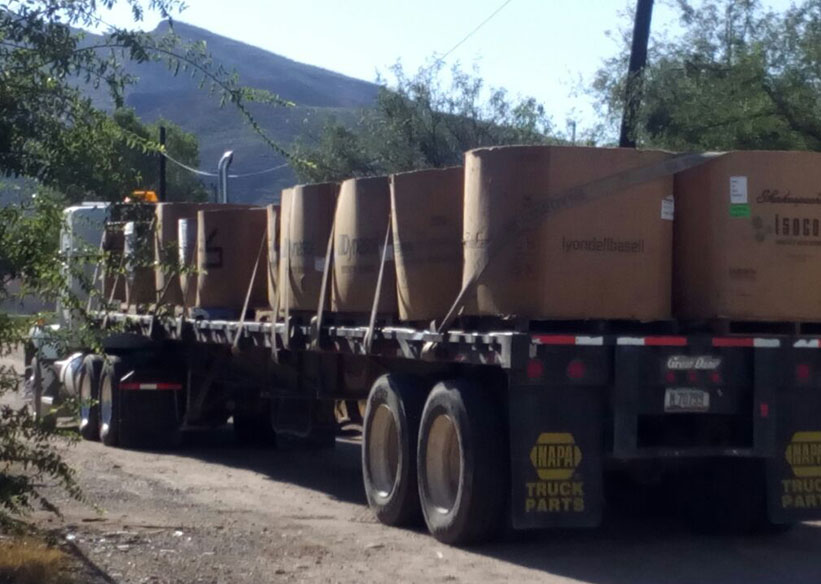Tests For Fair Trade Recycling
—
Before a WR3A Member is introduced to our Fair Trade Recycling purchase orders overseas, we vet the American company. Ultimately, the test of fair trade is done with civil contracts, load by load, and container by container, as each unit is reconciled and either reused, returned, or properly recycled (recycling paid for fairly by the shipper).
The willingness to sign an enforceable civil contract is the last test (#5) a member of Fair Trade Recycling must pass. Before they are introduced to the buyers overseas, they have four other questions to answer.

1. CRT Glass Test
In 2000, the state of Massachusetts became the first in the nation to ban CRTs from disposal. In order to limit bad exports, Massachusetts required each state recycling contractor to qualify under a “CRT Glass Test”.
Total CRT Glass Recycled / Total Tons Collected = X
While many CRTs are reuseable, we also know that many – especially televisions – are NOT in demand. Since CRT recycling is the most expensive and regulated activity in “e-waste”, and leaded glass is 40% of the weight of devices collected in e-waste programs, a company has to prove that it can and will remove the bad “apples”.
In 2003, the “Watchdog” group Basel Action Network embraced the CRT Glass Test (in cooperation with American Retroworks Inc., a founder of WR3A). Proving that a company has SOME capacity to recycle CRTs is an important indicator that the company can be trusted to ship good quality CRTs to export markets.
In 2008, WR3A used the same “CRT Glass Test” to reward overseas refurbishing factories which addressed their own fallout (accidental breakage, oversupply, warranty returns, or poor quality imports). WR3A members selected a partner in Malaysia which recycled fallout, and stuck with that company even when others offered more for the good units. See “Case Study: Malaysia”.
CRT glass cullet continues to pose one of the most serious dilemmas for ethical electronics recycling. Three of the world’s largest CRT glass recycling markets were opened with help of WR3A partnerships.

2. Employees Per Ton Test
Using a similar simple formula, WR3A developed another qualifier to give USA companies access to our negotiated overseas purchase orders. Does the USA company have enough staffing and/or capital equipment to sort out the goods the export market doesn’t want or cannot handle?
Total Tons Collected / Employees = X
If there are enough staff at a USA recycler, it’s unlikely that it’s a “stack and pack” operation. In fact, we found the more WR3A companies export quality equipment, the more people they employ.

3. Printed Circuit Boards Test
Similar to the CRT Glass Test, the PCB Recycling Test assumes that in order to properly ship a good computer, an ethical recycler needs to disassemble obsolete computers.
Total Tons Collected / Printed Circuit Boards Shipped = X
If a recycler cannot show the circuit boards (focus materials) from old Pentium 1, Pentium 2, and unrepairable units, we have to assume they could be shipped as “toxics along for the ride”.

4. Sea Container Test
Any reputable recycler will have sea containers going out of their building. Copper, plastic, steel, aluminum, and working units are legal to ship, and those exports improve the USA economy without externalizing toxics.
Total Tons Collected / Number of Sea Containers Per Year = X
The more labor (baling, demanufacturing, CRT removal) a USA company does, the smaller the volume of material, and the denser the weight (bales vs. “stack and pack”). Reputable companies will have a few containers per month, but will have collected much more weight per container.
Certification
Once you know the tons a recycler claims to collect, the 4 tests above are pretty simple to verify.
- CRT recycling destinations are limited, and they don’t lie to protect people not shipping to them.
- Employment can be verified at Dun & Bradstreet, or state government.
- Printed circuit board destinations are limited, and they won’t lie to protect those not shipping to them.
- Sea containers can be tracked via online databases.
Today there are more complex certifications offered to recyclers – R2 (Responsible Recycler) Certification, RIOS, ISO, and E-Stewards. But the simple tests WR3A developed in 2006 are still a great way to find 80% of the answers with 20% of the questions.
We have an online certification tool developed in 2008, which we are offering to university and college stewardship and sustainability and recycling staff. Visit the Vermont Fair Trade Recycling Summit to learn more.
